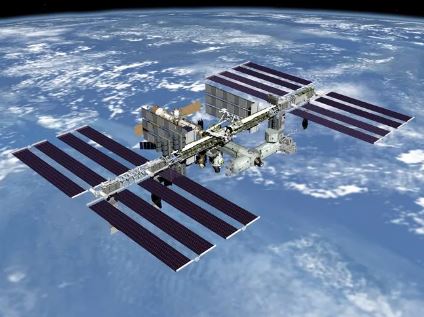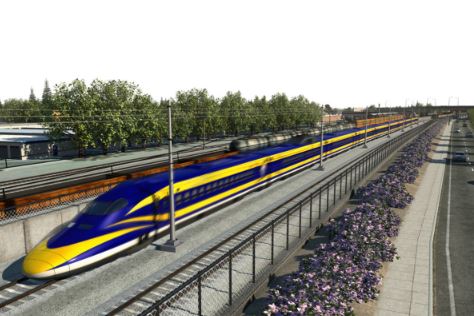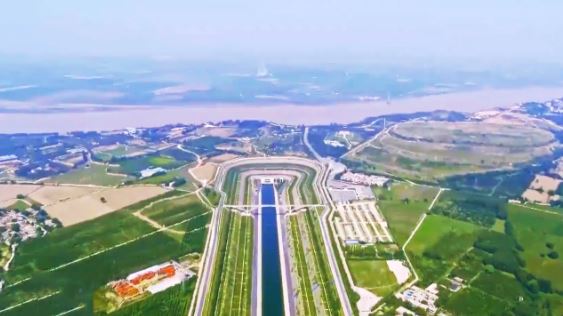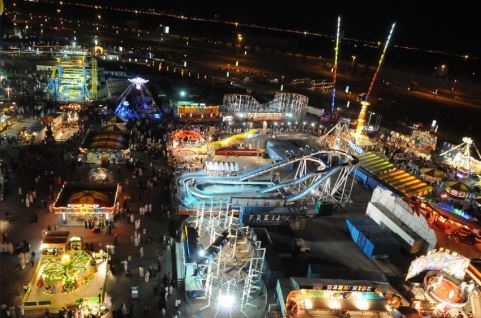1. International Space Station
Space agencies such as NASA, Roscosmos, ESA, JAXA, and CSA collaborate internationally on the International Space Station (ISS). The International Space Station (ISS) was launched in 1998 and functions as a space habitat and microgravity research laboratory. It is one of the most costly buildings ever constructed, with construction and upkeep expenses estimated to be over $150 billion. Many spaceflights, assembly work, and donations from many nations were all part of the intricate process. Spacecraft, launch vehicles, modules, research equipment, and operating costs are all included in the costs. An incredible feat of space exploration, the International Space Station (ISS) promotes global collaboration in science, technology, and human spaceflight.

2.High-Speed Railway, California
An extensive transportation project in California called High-Speed Rail aims to link key cities with a high-speed rail network. The project, which aims to connect cities like San Francisco and Los Angeles, is expected to lessen traffic congestion and cut carbon emissions. The California High-Speed Rail project is expected to cost a significant amount of money, with funding from public, corporate, and government sources. The project has encountered difficulties such as shifting political environments, financing problems, and legal conflicts. Opponents highlight worries about its total cost, practicality, and possible environmental effects, while supporters contend that it has the potential to revolutionize travel and spur economic development.

3. South-North Water Transfer Project, China
China’s huge engineering project, the South-North Water Transfer Project, aims to rectify the unequal distribution of water resources in the nation. The project, which is being implemented in stages, intends to move water from the Yangtze River and other water-rich southern regions to Beijing and Tianjin, as well as other parched and heavily populated northern locations. The construction of thousands of kilometers’ worth of canals, tunnels, and aqueducts is part of this intricate and vast project. China’s water infrastructure will be reshaped by the project’s three primary routes, which are the Eastern, Central, and Western. These routes vary in size and topography. The project’s effects on ecosystems and displaced communities give rise to social and environmental problems, even though it is perceived as a solution to the north’s water shortage.

4. Dubai land, Dubai
Designed to be a massive entertainment and tourism complex, Dubailand is an ambitious mega-project located in Dubai, United Arab Emirates. With its vast expanse, it is intended to rank among the world’s most all-inclusive leisure resorts. A wide range of attractions can be found in Dubailand, including as amusement parks, retail centers, lodging options, housing developments, and sports facilities. The project was designed to increase travel, broaden Dubai’s appeal internationally, and support economic diversification. Dubailand strives to satisfy a diverse variety of interests with its numerous themed zones, such as Entertainment World, Sports World, and Eco-Tourism World. Despite several setbacks and changes over the years, the project continues to stand as a testament to Dubai’s bold plans for urban growth and dedication to producing one-of-a-kind, compelling experiences.

5.Crossrail, London
Crossrail, officially known as the Elizabeth Line, is a major railway project in London, designed to improve transportation across the city and beyond. The ambitious initiative involves the construction of a new high-frequency, high-capacity railway line, connecting Reading and Heathrow Airport in the west with Shenfield and Abbey Wood in the east. The route passes through central London, featuring a series of new and upgraded stations, including key hubs like Paddington, Bond Street, and Canary Wharf. With a focus on reducing congestion and enhancing connectivity, Crossrail is expected to transform travel in the Greater London area, providing faster and more efficient connections for both commuters and visitors. The project has faced challenges, including delays, but it represents a significant investment in London’s transport infrastructure.


